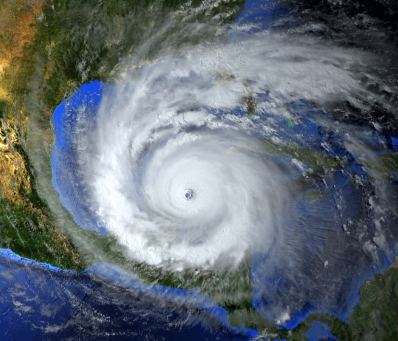Globally, lead is one of the most in demand industrial metals. It has an extremely high recycling rate and as a soft, heavy, dense metal, it has numerous applications in construction. Over the last 20 years the market price of lead has shown substantial cumulative growth, with periods of volatility reflective of construction activity. The commercial demand for lead is a contributory factor to its targeted acquisition by Organised Crime gangs.
In 2019 the National Crime Agency reported a 25% increase in the incidence of the theft of lead from Church roofs. The United Kingdom has some 50,000 places of worship, of which an estimated one third have more than £2,000 of lead at replacement value. The Church of England, with a high number of Churches with lead roofs has particularly suffered from lead theft.
Balkerne wanted to use data to see if would be possible to identify key factors in the vulnerability of Churches to the theft of lead. A constrained geographic area was selected and data collated on Churches with and without lead roof theft incidents. Reviewing the data created the initial hypothesis that the amount of lead and its position on the roof were potentially important factors.
To evaluate the hypothesis a scalable technology approach was required. Balkerne decided that it would be beneficial to experiment with computer vision methods to systematically determine the presence and location of lead on individual Church roofs.
The initial task of compiling a Data Set with centre mass Latitude and Longitude of Churches was completed by fusing together a number of different open source Address Data Sets. Having Address and Geospatial Data enabled use of a web mining service to retrieve individual Church polygons which were then converted into arrays of global co-ordinates. This conversion provided the means to subsequently use an API which harnessed the co-ordinates to extract a satellite image of a Church.
The next stage was to develop a learning model to perform the classification to determine the presence, location and volume of lead. Obscuration of the background assisted the classification task. Volume of lead was established through the generally common use of a standard thickness of lead on Church roofs.
A training set was manually constructed, labelling the presence of lead by parts of the Church, such as Nave, Aisle and Porch. The classification task was then conducted through a Convolutional Neural Network (CNN), implemented using the TensorFlow backend in Keras. The training set was also augmented through rotation to create additional samples to train the algorithm whilst a Validation Data Set was also constructed. After a number of efforts to tune appropriate hyperparameters, the optimum network configuration yielded a 79% accuracy.
Engagement with various specialist roofing contractors determined an average cost of lead replacement per m2. Scrap metal prices change based on localised demand, but organisations exist that provide helpful national average prices per Kilo and by Tonne. This information enabled the calculation of Scrap Lead Value at Risk and the Replacement Lead Value at Risk. No calculations were made for the Heritage and Cultural Value at Risk, nor possible wider Church damage or indeed localised Socio-Economic consequences.
Completion of this project demonstrated the viability of using computer vision to achieve a scalable technology solution to the acquisition of important property specific information. This detailed, property specific dataset was then combined with other data to further continue the identification of lead theft risk at individual Church level.





